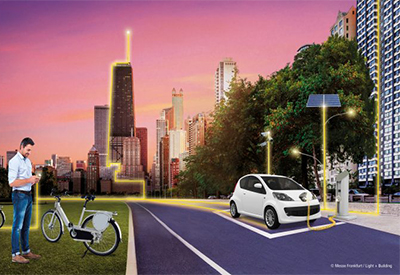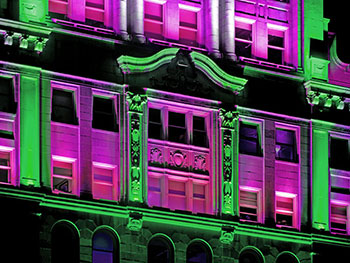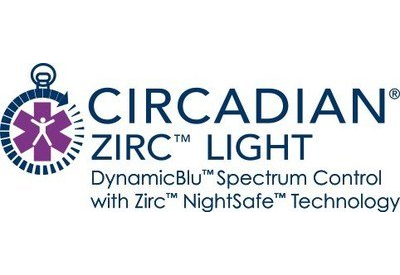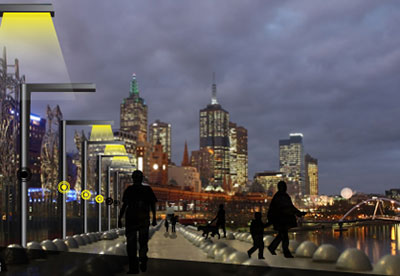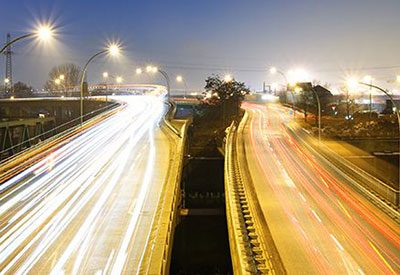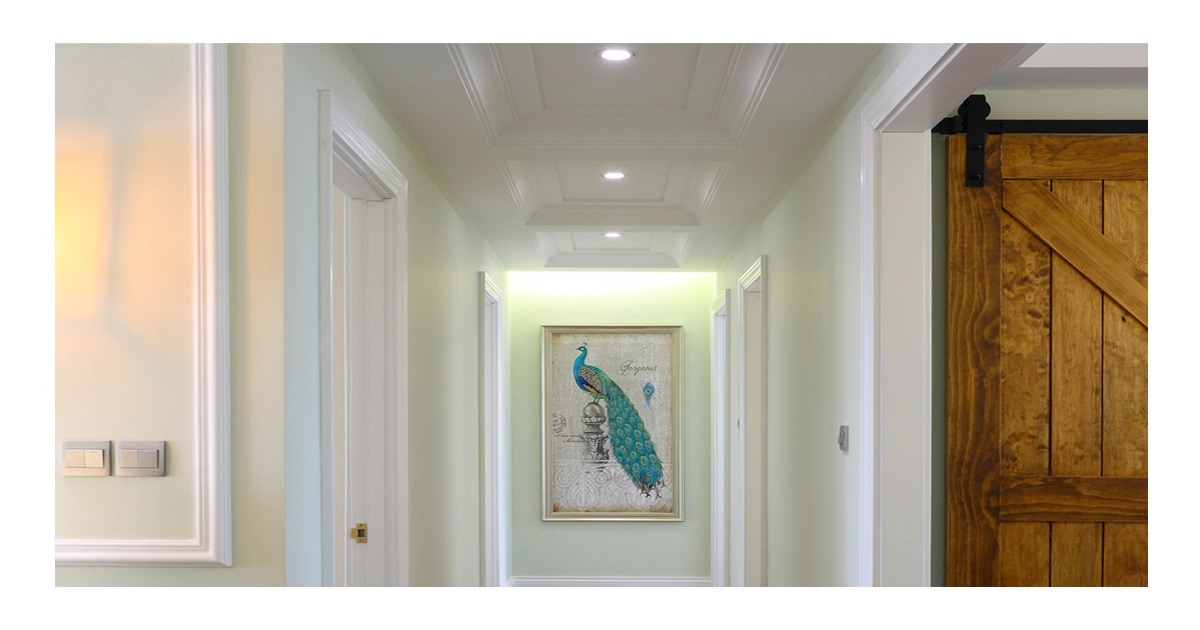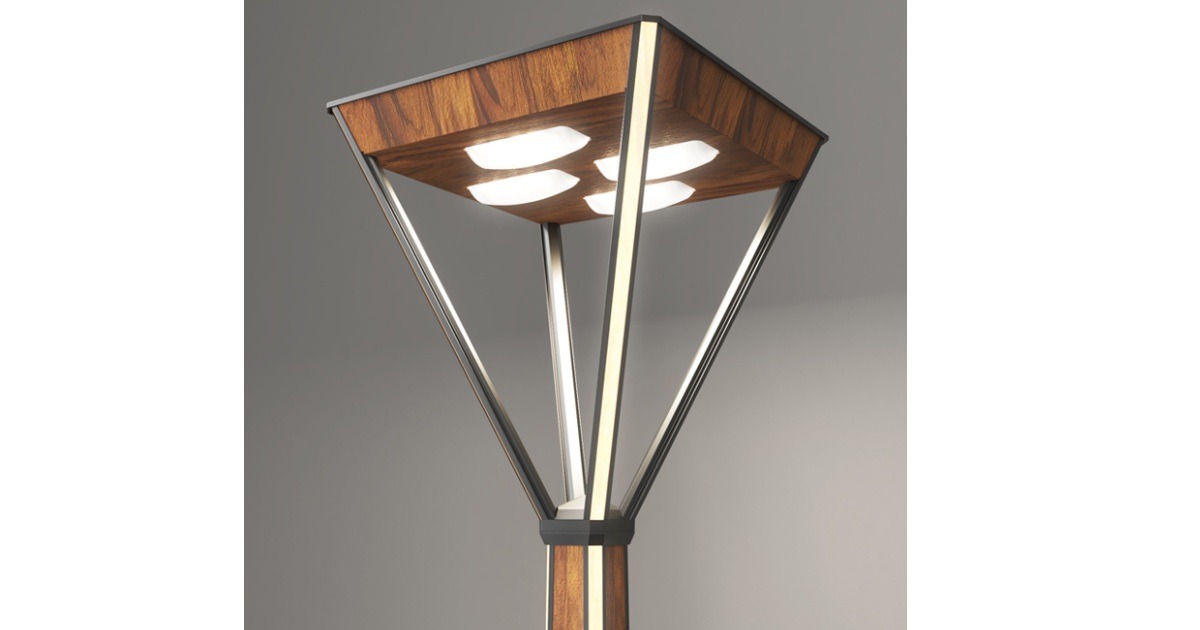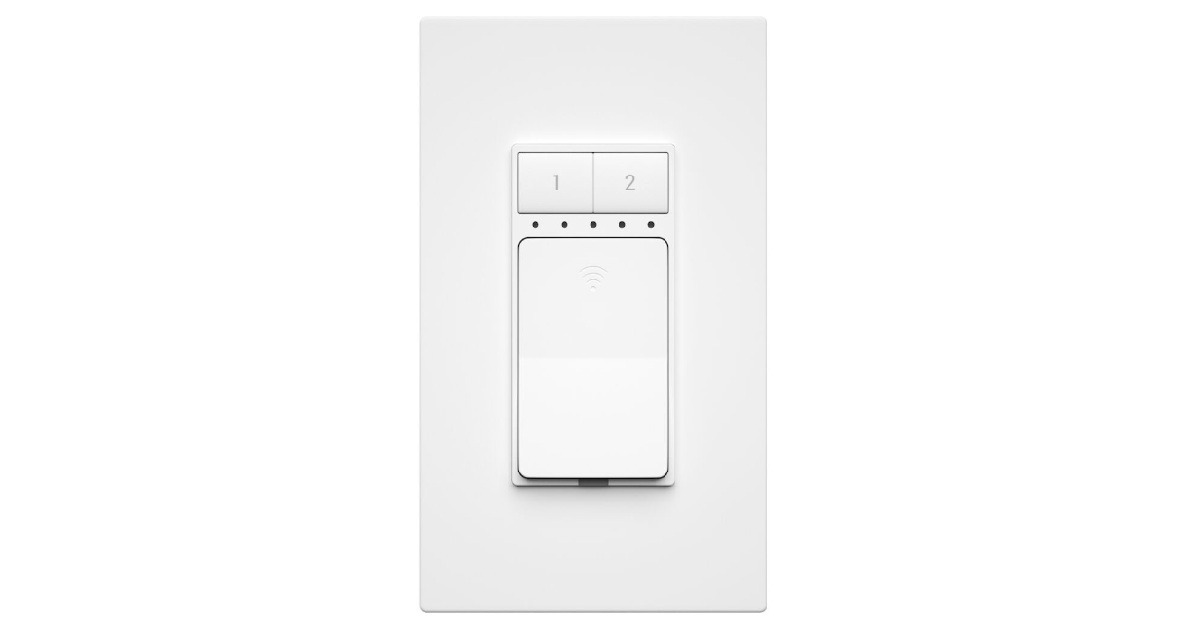The Future of Lighting Delivers Value Beyond Illumination

Jan 11 2016
The lighting industry is undergoing its second major transformation in the past 20 years. The first transformation, beginning in the late 1990s, introduced energy-efficient, high-brightness LEDs across the full range of professional lighting applications. The second transformation, which is unfolding now, builds on the digital nature of LED technology to bring illumination and IT together, allowing lighting systems to participate in the Internet of Things.
With its entry into the IoT, the lighting industry is following a technology trend that’s fundamentally changing the way that devices — from mobile phones to farm equipment to thermostats — interact with each other and with the people who use them. In the IoT, devices collect and share data about themselves, their users, their environments, and the other devices with which they connect. These data in turn provide insights that were never available before, and allow business to create connected applications and services that deliver new capabilities and value to their employees and customers.
To fully realize the promise of the IoT, leading lighting and IT companies must partner to give customers the best that the industry has to offer. To this end, Philips Lighting and Cisco have entered into a global vertical strategic alliance that combines Cisco’s highly secure and proven network infrastructure with Philips Lighting’s expertise in illumination experiences and connected lighting systems.
Creating smarter, more intelligent workspaces
To showcase how Philips Lighting and Cisco can work together to unlock the benefits of the IoT in offices, Cisco has installed a state-of-the-art Philips connected lighting system at its Canadian headquarters in Toronto. Owned by Oxford Development Co. and built by EllisDon Corporation, the 30-storey RBC Waterpark Place III is one of the city’s first LEED Platinum office and retail developments, with many of its design aspects focusing on efficiency and sustainability.
The Philips connected lighting system, which integrates seamlessly with the IT systems in the building, demonstrates how dynamic office spaces can become smarter and more efficient than ever before. Each luminaire in the system sends and receives data, serving as a pathway to deliver value to both employees and facilities managers. Managers can track occupancy patterns, changes in temperature, light levels, and much more while employees can personalize the lighting around their desks. The system allows maximum visibility and better control, and allows Cisco to reduce energy consumption in their office spaces.
How it was done
The Philips connected lighting system at RBC Waterpark Place III integrates seamlessly with Cisco’s Power over Ethernet (PoE) IT architecture. PoE is a technology delivering power over standard Ethernet data cables, eliminating the need for a separate power infrastructure.
Philips installed the connected lighting system on all four floors of Cisco’s office. The luminaires provide much more than simply illuminated office space: they are a portal to data, energy savings, sustainability, and personal comfort. The luminaires merge with the base building’s IT network and are uniquely identified by IP address, allowing them to be individually monitored, managed and controlled. Building managers can mine data pertaining to work spaces captured by the sensors in the luminaires, to optimize building performance, and employees can achieve maximum comfort by controlling their lighting environment.
The Internet of Everything at work
The Philips connected lighting system collects data from 600 PoE-enabled luminaires equipped with sensors to capture temperature, light level, and activity for optimizing user comfort. Philips Envision lighting management software, running in the building’s IT environment, allows system managers to monitor and manage each light point via a dashboard application. The system also stores data over time, allowing managers to assess occupancy patterns and optimize lighting operations based on historical trends and findings, and opens up avenues for innovation into data-rich applications.
Operating the lighting system is seamless, with easy visibility to each fixture, allowing facilities managers to respond to maintenance issues faster, lowering labour costs.
This intelligent technology offered by Philips ties in perfectly with Cisco’s initiative and promotion of the Internet of Everything (IoE). “This is the Internet of Everything at work,” says Dr. Rick Huijbregts, Americas Industry Transformation Lead for Cisco. “It can’t get any better than this. The system of things works to connect people with processes and data — data that we would otherwise not have access to.”
Cisco estimates that the 1,400 LED luminaires alone will realize 50% energy savings over traditional fluorescent lighting. With the connected lighting operations in place, they expect to save up to 80%. The additional energy savings will result from analyzing the data and optimizing space usage.
Aside from the massive amounts of mined data, building optimization, and energy savings, William MacGowan, Director for Cisco’s Smart + Connected Real Estate, is most impressed with the impact the system will have on employees. “Tenant experience is huge,” says MacGowan. “A pleasing workspace with personal lighting control helps us create a true workplace of the future, which is key to attracting the next generation of users.”
The last word
The extraordinary capabilities of Philips connected lighting within the Cisco Canada headquarters has not gone unnoticed. In November 2015, the building received a REmmy Innovative Workplace Award from CoreNet, which awards and recognizes corporate real estate practices.
The new RBC Waterpark Place III offers only a glimpse into the kinds of office environments Philips and Cisco will bring to buildings around the world. Together, best-in-class connected lighting from Philips and Cisco’s reliable, secure, and proven network infrastructure can deliver a true end-to-end solution for customers.
With revolutionary technology from Philips and Cisco, the future of workspaces is looking bright. With lighting that can inform owners of maintenance requests, occupancy trends, temperature control, and more, offices will become more efficient, more sustainable, and more comfortable.


